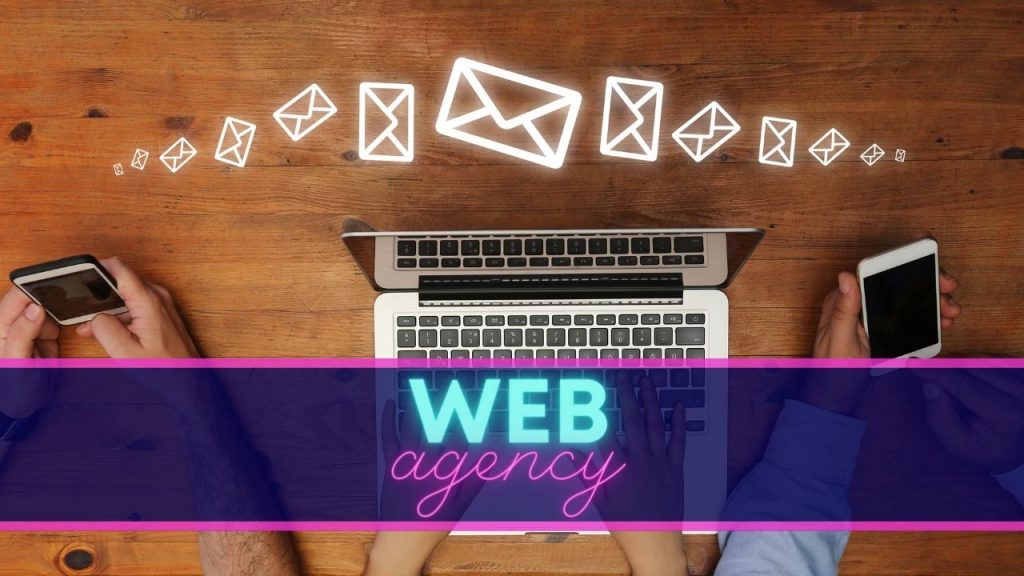If you’re looking to improve your e-mail marketing strategy, you’ve come to the right place. In this article, we’ll explain how to create an email sequence that grabs your subscribers’attention and encourages them to interact with your business. We’ll share practical tips and real-life examples to help you succeed with your next e-mail campaign.
Defining the’objective of your email sequence
Defining the objective of your e-mail sequence is the first important step in creating an effective e-mail campaign. It will help you focus on the message you want to communicate and determine the actions you want your subscribers to take after receiving your e-mail.
Here are some questions to ask yourself to define the’objective of your e-mail sequence:
- What is the reason for this e-mail campaign?
- What is the message I want to convey to my subscribers?
- What is the action I want my subscribers to take after receiving this e-mail?
- What results do I want to achieve with this e-mail campaign?
Based on your company and your objectives, here are some examples of common objectives for an e-mail sequence:
- Increase sales or conversions
- Generate traffic to your website
- Inform your subscribers about new offers, products or services
- Loyalize your existing customers
- Collect data on your subscribers to improve your marketing
By clearly defining your e-mail campaign’s objective, you can create targeted, effective e-mails that help achieve your business goals. You can also delegate this task to a professional.
Segmenting your subscriber list
Segmenting your subscriber list is a crucial step in maximizing the effectiveness of your e-mail sequence. By segmenting your list, you can send more personalized and targeted emails to specific groups of people, which can improve engagement and conversion rates.
Here are just a few reasons why segmenting your subscriber list is important:
- You can send more personalized messages relevant to each group of people
- You can improve your e-mail campaign’s effectiveness by sending messages that are more targeted and tailored to the needs of each group
- You can avoid sending emails that aren’t relevant to certain subscribers, which can reduce unsubscribe rates and improve the deliverability of your emails
.
Here are a few steps you can take to segment your subscriber list:
Analyze your subscriber data
Use analytics tools to identify common characteristics of your subscribers, such as age, gender, location, interests, purchasing behavior, etc.
Identify relevant segments
Using analytics data, identify groups of people with common characteristics and similar needs. For example, you can segment your subscribers according to age, geographic location, purchase history, browsing behavior on your website, etc.
Create specific e-mails for each segment
Once you’ve identified the relevant segments, create specific emails for each group. Use language and images tailored to each group to increase engagement.
By segmenting your subscriber list, you can dramatically improve the effectiveness of your e-mail campaign and increase engagement and conversion rates.
Create a distribution calendar
Creating a broadcast calendar is an important step in planning your e-mail sequence. It allows you to plan the sending dates of each e-mail in advance, and to ensure regular, consistent distribution throughout the campaign.
The creation of a distribution calendar is an important step in planning your e-mail sequence.
Here are a few steps to follow to create a distribution calendar for your e-mail sequence:
Determine the number of e-mails to send
.
Based on your objective and the duration of your email campaign, determine the number of emails you want to send.
Plan the sending dates
.
Depending on the number of e-mails to be sent and the duration of your campaign, plan the dates on which each e-mail will be sent. Make sure you meet the deadlines between each send, and send emails at opportune times to maximize engagement.
Include key events
If you have key events coming up, such as promotions or special events, include them in your broadcast calendar to ensure you’re sending relevant emails before and after these events.
Test and adjust
Before sending out your email sequence, test it by sending test emails to colleagues or a small part of your subscriber list. Analyze the results to see what works and what doesn’t, and adjust your distribution schedule accordingly.
A clear, well-planned distribution schedule will enable you to maximize your e-mail campaign’s effectiveness and ensure that your e-mails are sent consistently and relevantly throughout your sequence.
Writing eye-catching e-mails
Writing eye-catching e-mails is an essential step if your e-mail sequence is to succeed. Here are a few tips for writing eye-catching e-mails that capture your subscribers’attention:
Use an effective subject line
.
The subject line is the first thing subscribers see when they receive an e-mail. Make sure your subject line is clear, concise and to the point. Avoid boring, clichéd subject lines and use keywords that pique interest, such as “New”, “Promotion”, “Exclusive offer”, etc.
Customize your e-mail
.
Use your subscriber’s first name in the e-mail introduction. This helps establish a personal connection right from the start, and sparks interest in the rest of the e-mail.
Avoid text blocks
E-mails with long paragraphs and large blocks of text are off-putting to subscribers. Try dividing your content into clear, concise sections, use bulleted lists for important information and include images to make your e-mail more visual.
Be clear and concise
Use simple, direct language to convey your message. Avoid long, complicated sentences and try to focus on the most important information.
Include a clear call-to-action (CTA)
.
A CTA is a prompt for the subscriber to perform an action, such as clicking on a link, purchasing a product, or registering for an event. Make sure your CTA is clear and visible, and that it prompts the subscriber to take action.
Test and measure your results
Test different variations of your content and analyze the results to see what works best. Use the data to adjust and improve your content over time.
By following these tips, you can write eye-catching emails that grab your subscribers’attention and increase the engagement and conversion rates of your email sequence.
Analyzing the results
Analyzing the results of your email sequence is a crucial step in understanding what’s working and what needs to be improved. Here are some key elements you should analyze:
Open rates
The open rate is the percentage of subscribers who have opened your e-mail. It’s an important indicator of the effectiveness of your subject line and the relevance of your content.
Click-through rate
The click-through rate measures the percentage of subscribers who clicked on a link in your e-mail. This indicates the effectiveness of your content and CTAs.
Conversion rate
The conversion rate measures the percentage of subscribers who performed a desired action after clicking on your CTA. This can include purchasing a product, registering for an event, or submitting a form.
Unsubscribe rate
The churn rate measures the percentage of subscribers who have unsubscribed from your subscriber list after receiving an e-mail. This can be an indicator that your content isn’t relevant enough, or that you’re sending out too many e-mails.
Content analysis
Analyze the content of your e-mails to understand what works and what needs to be improved. Use analytics tools to see which elements caught your subscribers’attention and which elements were ignored.
Segment your results
Segment your results according to your subscriber list, subject line, content, etc. This will help you understand the differences in behavior between different groups of subscribers, and adjust your strategy accordingly.
Using these key indicators, you can understand the’effectiveness of your email sequence and adjust your strategy accordingly. Regular analysis of your results is essential to continually improve your communication with your subscribers and achieve your e-mail marketing objectives.
The more you know about your e-mail marketing strategy, the more you can improve it.









